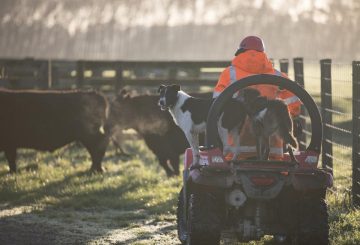Wellington Zoo is building a larger home for its growing giraffe family. This is the first expansion of the giraffe enclosure since it was built in 2006. The project, which began last week, is expected to be completed within two weeks.
The new space is being created to accommodate the growing needs of the giraffe family, which includes a four-month-old baby named Nia, her parents, and her great aunt Zahara who is turning 20 on Sunday. Chris Jerram from Wellington Zoo said the expansion would provide more room for the animal care team to manage the increasingly complex and dynamic herd.
The zoo has spent around $400,000 on small improvements, including expanding the yard space and building a giraffe trainer. Jerram noted that animal habitats usually need upgrading every 10 years, and the current giraffe habitat is almost 20 years old.
Constructing a home for animals that weigh over a tonne and stand more than five metres tall has been a challenging task. The design needs to consider the size of the giraffes, with larger steel structures, gates, and other elements required.
The zoo also had to ensure the giraffes could continue living in the space during construction. Jerram likened it to renovating half of a house while still living in it.
The zoo welcomed a male giraffe named Sunny in 2019, and zookeeper Ashleigh Vinicombe emphasized the importance of providing enough space for him. She also noted that the giraffes enjoy their creature comforts, such as indoor spaces and heaters.
The giraffes – Nia, Sunny, Zuri, and Zahara – are expected to move into their new home at the end of the month. The project’s funding primarily came from Pub Charity, with additional support from Wellington City Council.





























































